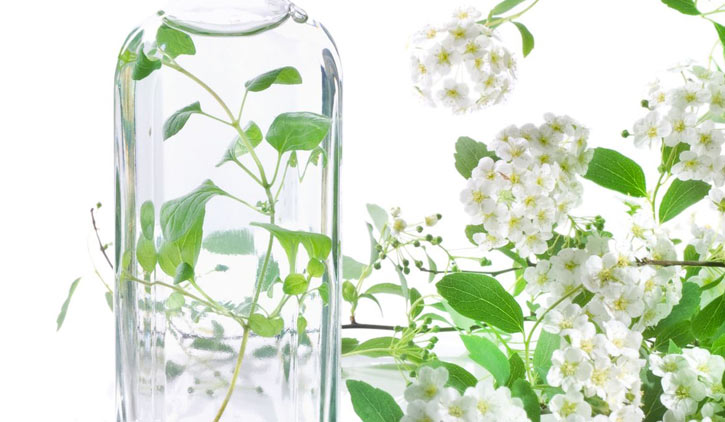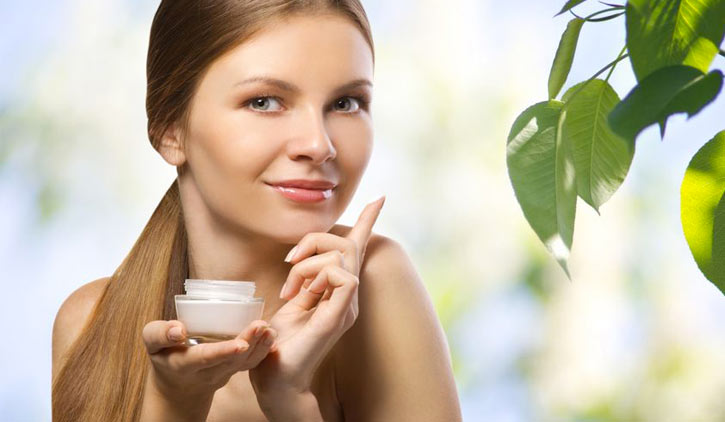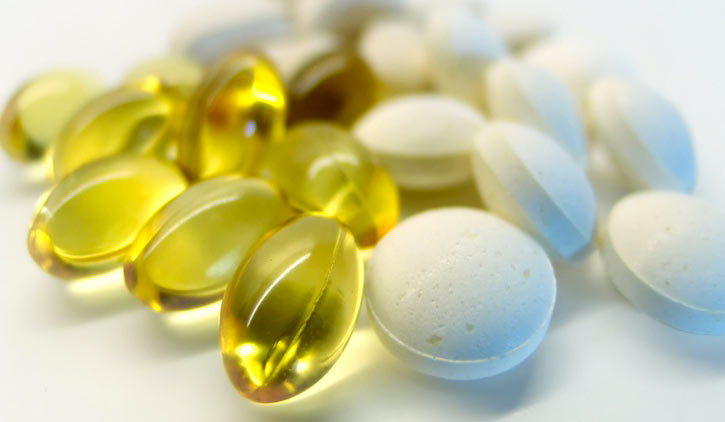


The cosmetics industry has traditionally used a wide variety of plant based raw materials. The rise in demand for “natural” cosmetic is today the market drive. In addition , the regulatory framework associated with biodegradability standards essentially defined by biodegradability and composition gives to plant based formulas a considerable advantage. Two sectors are consuming more than 70% plant based surfactants: household detergents (detergents , softeners, dishwashing and cleaning products), representing approximately 42 000 tons for a penetration rate of 20-25 % and cosmetics with 35 000 tons for a higher penetration rate between 60 and 80%.